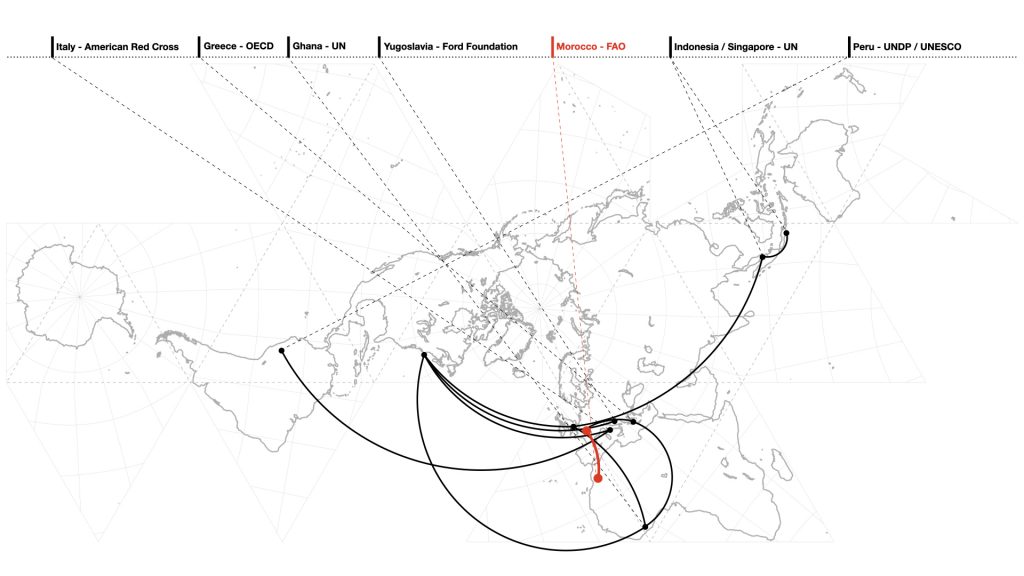Experts, Exports, and the Global Entanglements of Postwar Planning

Michele Tenzon (University of Liverpool - UK) Foreign Aid in the Moroccan Third Agrarian Age
In 1968, the French geographer Jean Le Coz claimed that Moroccan Independence (1956) inaugurated a new agrarian age for the fertile plains facing the Atlantic coast and the irrigated uplands which, in the colonial jargon, constituted the agricultural core of the Maroc utile. After the ethnically based collectivism of the ‘tribal age’ – Le Coz claims – and the opening to export of the ‘colonial age’, the regained independence opened the way to the ‘age of cooperativism’ that is to the reorganisation of the countryside based on a new development cell: the rural cooperative. Such a reform strategy aligned with ideas of part of the Moroccan intellectual élite on the necessity to restore and modernise precolonial institutions but, in practical terms, it was first implemented on a large scale in the context of a number of development aid programmes implemented by the Food and Agriculture Organisation of the United Nations (FAO) and financed by the World Bank in the early 1960s.
In its earliest formulations the Sebou Project (first tranche 1963-1968, second tranche 1969-1980) was among the most ambitious projects implemented by FAO in that period. It entailed the realisation of large-scale hydraulic works on the Sebou river basin (the largest river of the country by volume of water) and the reorganisation of land and agricultural production in the Gharb valley, a vast and fertile plain facing the Atlantic Ocean. The project began after a massive flooding event in the Gharb in 1963 which prompted the Moroccan government to request assistance from the United Nations. The UN intervention led to the realisation of half a dozen villages for displaced communities on former colonists’ land and opened a way to the establishing of an international team of 55 experts, augmented by a myriad of consultants. Their multivolume report completed after 5 years of work constituted a long-term plan masterplan of the river basin area and set a standard for regional development projects in Morocco, becoming an integral part of King Hassan II politique des barrages.
Although the major focus of the Sebou Project was on hydraulic and agronomic management, research and applied experimentations on the planning of rural cooperatives and on rural housing were carried out in the framework of subprograms such as the Projet Habitat Rural and the Programme Villages Pilotes. In this presentation, I investigate the role of urban planning and architecture in the framework of a large-scale international aid programme. I question to what extent such programmes challenged – or retraced – colonial practices and visions of rural futures and how they influenced the national policy agenda.

